National Forests are full of many types and species of trees. So how do we pick which trees to plant on our tree planting projects?
Following careful assessment of the project area, our U.S. Forest Service partners select species with regional specifications and future resilience in mind. Each tree species selected is native and ecologically appropriate for the project location. Many seedlings planted are grown from seeds extracted near project sites, on the same National Forest, at the same elevation.
Organized by region, here are ten of the most common trees we plant through 50 Million For Our Forests campaign.
Western Forests
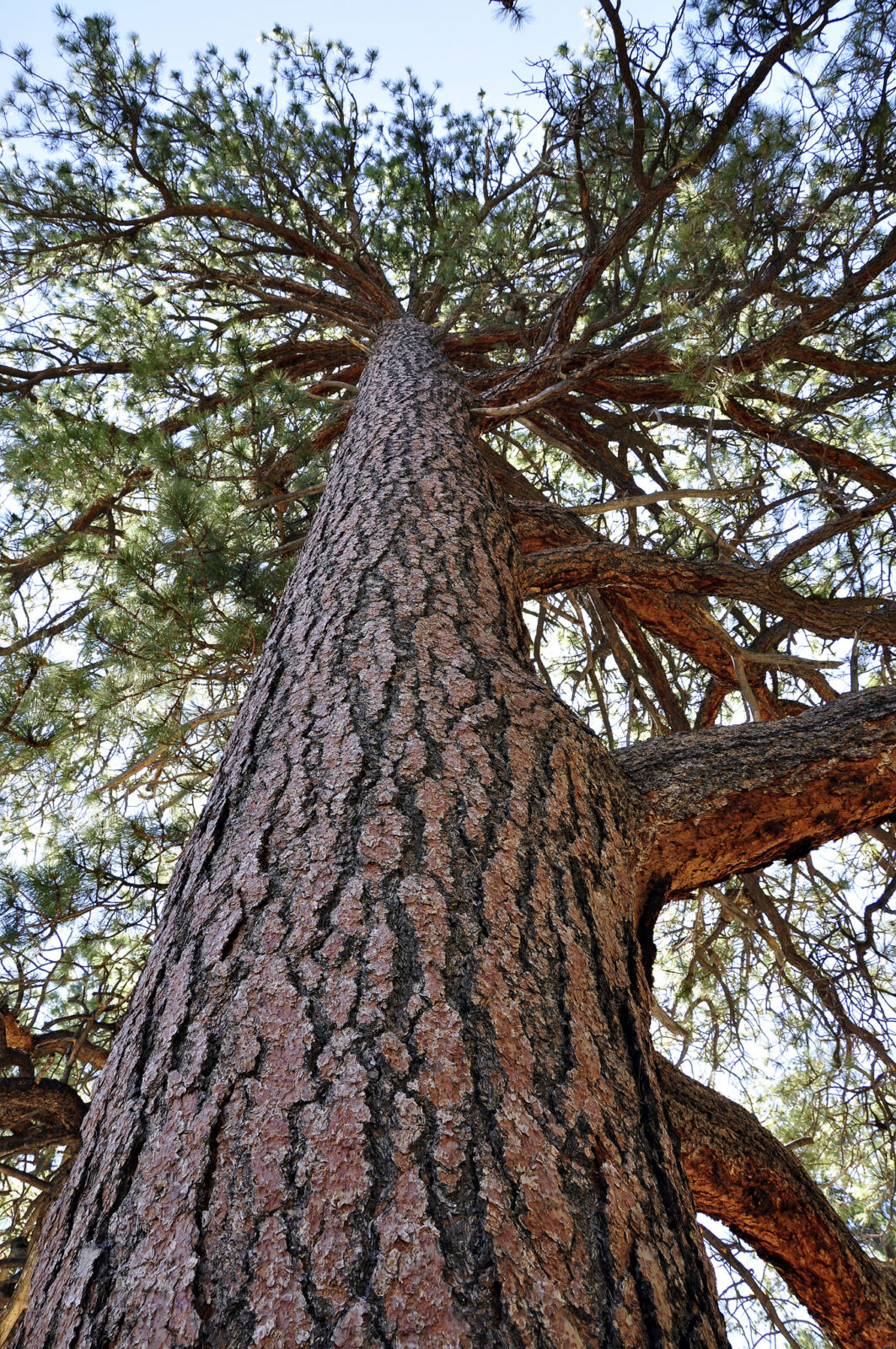
Ponderosa Pine
Ponderosa Pine
This wide-ranging conifer is found throughout the West. Its drought-tolerance and ability to survive low intensity wildfires and regenerate naturally make it a good choice for forests that experience frequent disturbances.
Douglas-fir
Douglas-fir can grow in a variety of climates and soil types, and develops a higher tolerance to fire as it ages and its bark thickens. Because of its soft needles and conical shape, the Douglas-fir is a popular Christmas tree.
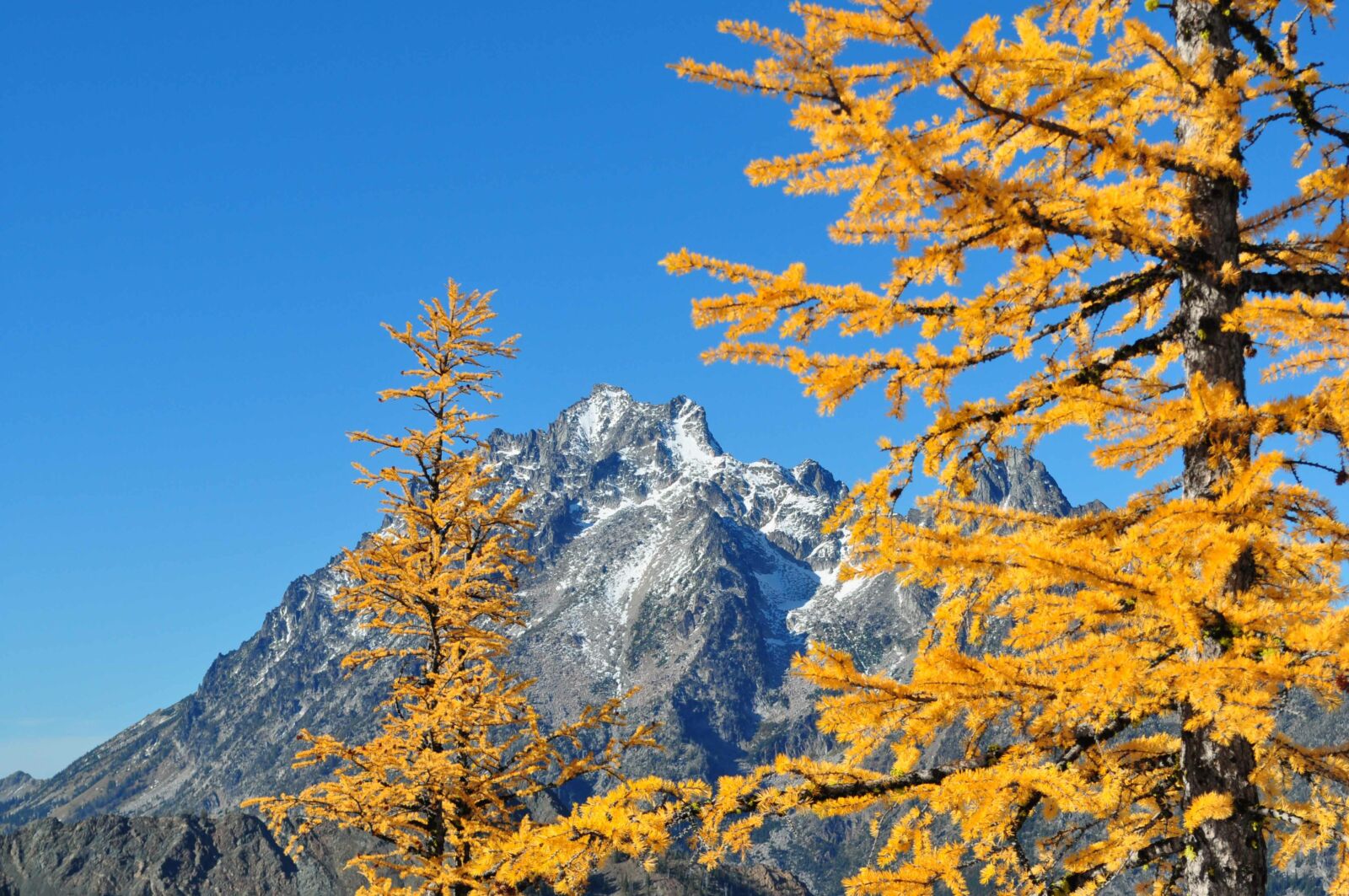
Western Larch (Photo: Dawn Fouts, U.S. Forest Service)
Western Larch
Western larch is often found with Douglas-fir, but is also associated with many other conifers. This species grows quickly and lives for a long period of time, with reports of 900 year-old trees documented. Unlike most conifers, larches are unique in that they drop their needles in the winter.
Engelmann Spruce
Widespread throughout the Rocky Mountains, Engelmann spruce is a major component of high-elevation forests. The species is important for wildlife, providing cover from predators and a barrier from suboptimal weather – cool shade in the summer and a warm break in the winter.
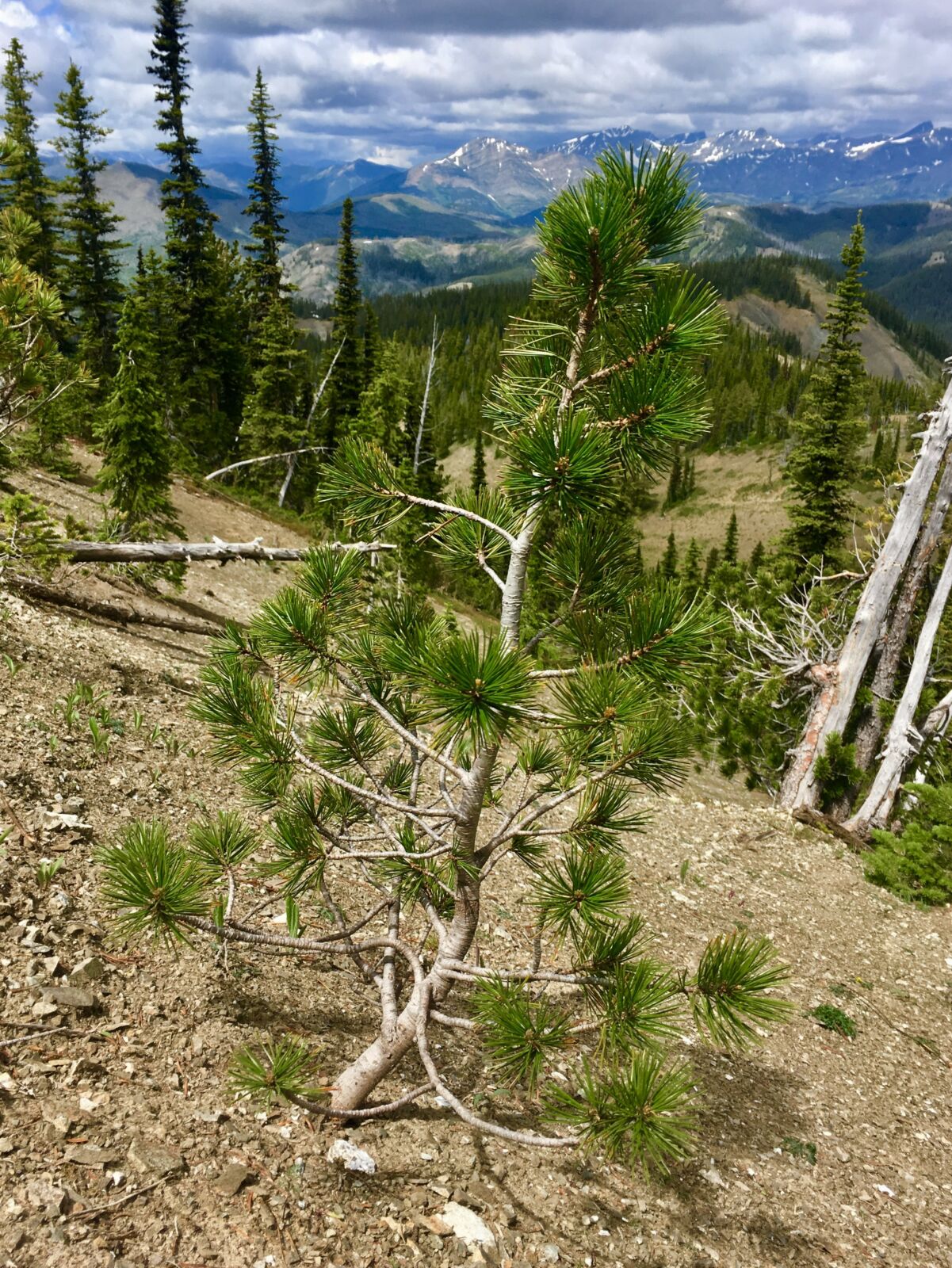
Photo by USDA Forest Service, Amber Drysdale
Whitebark Pine (Photo: Amber Drysdale, U.S. Forest Service)
Whitebark Pine
Whitebark pine plays an important role in wildlife conservation and water supply, but this pine is under threat from wildfire, mountain pine beetles, and white pine blister rust, all heightened by a changing climate. Nearly 90 percent of all whitebark pine forests occur on federal lands, with the majority on National Forests.
Southeastern Forests
Longleaf pine resembles grass as seedlings
Longleaf Pine
The longleaf pine ecosystem once covered vast stretches of the Southeast, but today is found on only a small fraction of their historic ranges. Fire suppression has been a major factor in the pine's decline, as frequent mild fire - both natural and human caused - is essential in maintaining the longleaf ecosystem.
Shortleaf Pine
Shortleaf pine forests historically stretched from Oklahoma and eastern Texas to New Jersey in the North and Florida in the South. The once extensive shortleaf pine forests – important for wildlife habitat, local cultural ties, and water quality - have lost more than half of their former range in just the past few decades due to pine beetle outbreaks, land-use changes, and other causes.
Great Lakes Forests
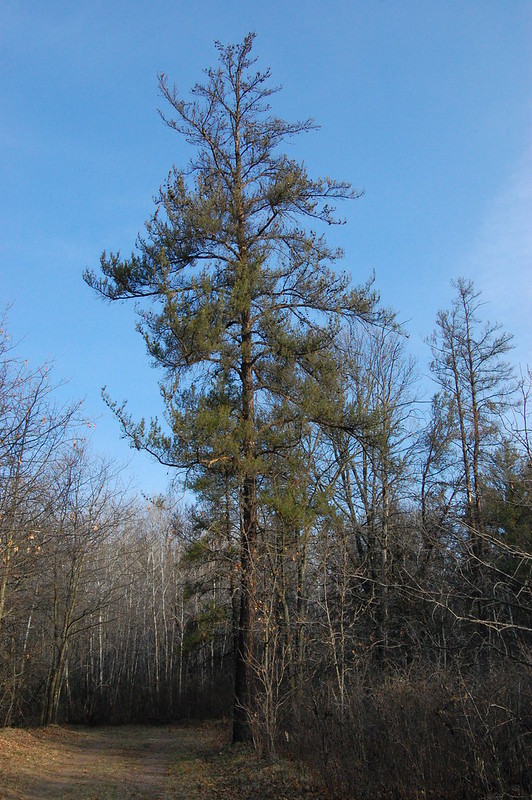
Jack Pine (Photo: Eli Sigor)
Jack Pine
Planting jack pine trees helps Kirtland’s warblers, one of North America’s rarest songbirds and a habitat specialist that requires young jack pine stands for breeding and nesting. Jack pine has serotinous cones that need fire to release their seeds.
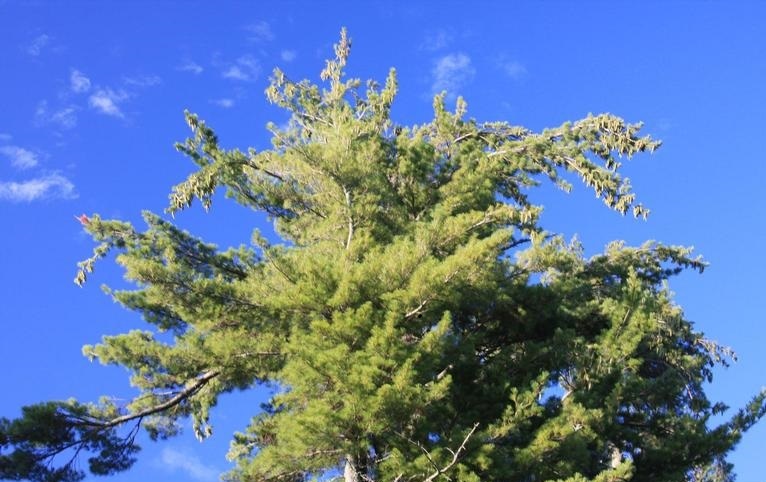
Eastern White Pine (Photo: Steven Katovich, U.S. Forest Service)
Eastern White Pine
Eastern white pine provides food and cover for a range of animals, from songbirds to black bears. With its soft, long needles, the white pine is another popular Christmas tree. Due to its soil chemistry, eastern white pine was widely used in mining reclamation in Appalachia.
Red Pine
Red pine is fire-adapted species that needs fire for its establishment and growth. Periodic fire historically maintained red pine stands throughout this region. This tree is long-lived, typically reaching between 200-400 years in age.
Whether we are planting ponderosa pine in the West or jack pine in the Great Lakes region, these seedlings will grow to provide a variety of environmental benefits that support us all.

